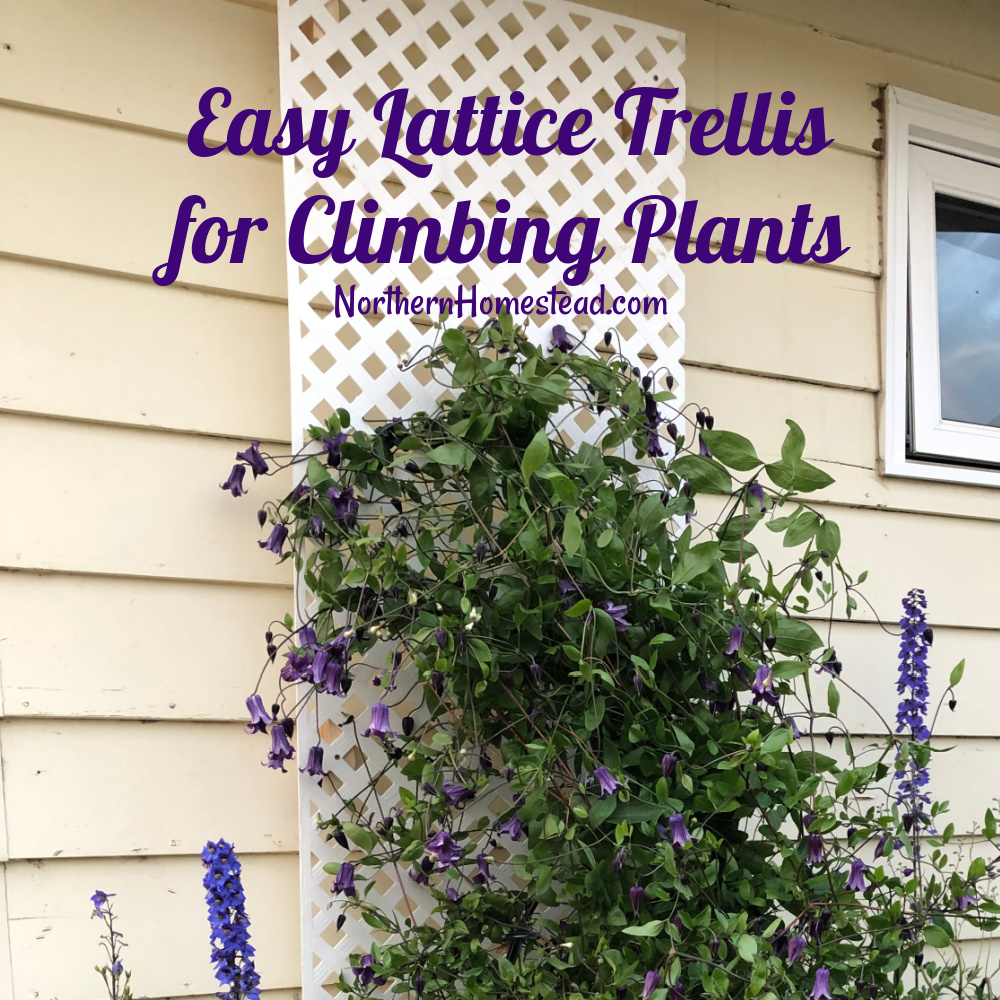
Climbing plants enhance a garden’s beauty and depth but require support. Various trellis options are available. Today, we are excited to share our newest addition, an easy lattice trellis designed for climbing plants.
The challenge with climbing plants

We’ve had a clematis growing by the east wall for years. It seemed to outgrow its trellis each year, and this year, it went entirely out of control. What should we do? We didn’t want to build something complicated or spend money on a taller, sturdier trellis.
A little side note: Clematis comes in two different varieties. One needs to be cut back each year because it dies after the season ends, while the other does not and just goes dormant. The trellis would work for both. In our case, the clematis dies back, and we usually remove it in spring, giving the insects lots of room to hide in those massive vines over the winter.
The resources available
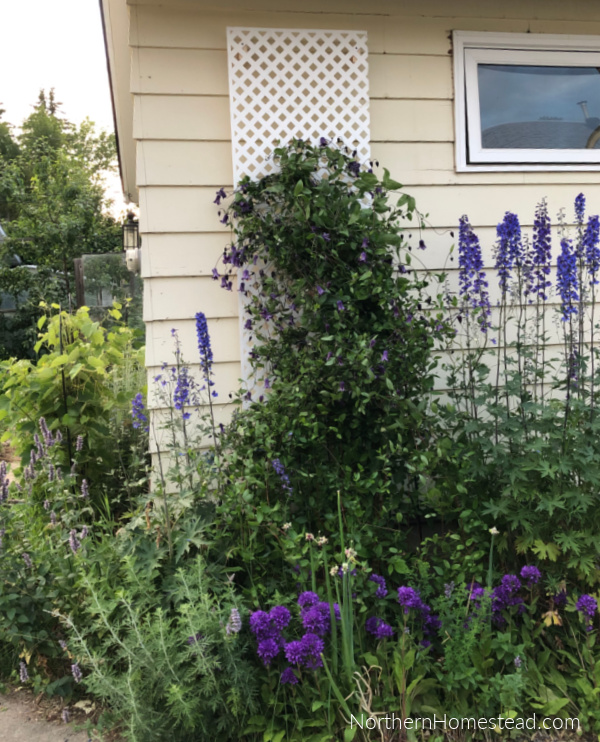
We love a good project where nothing new needs to be bought. We reuse, recycle, upcycle, or find creative ways to use what we have. The lattice was a leftover piece from a stairs-building project. Can other types of lattice be used? For sure. If we were to buy one, especially for a trellis, we would probably choose one with bigger squares to give more room for the plants. Wood or vinyl can be used. Choose what fits your house or garden style.
Installing the lattice trellis
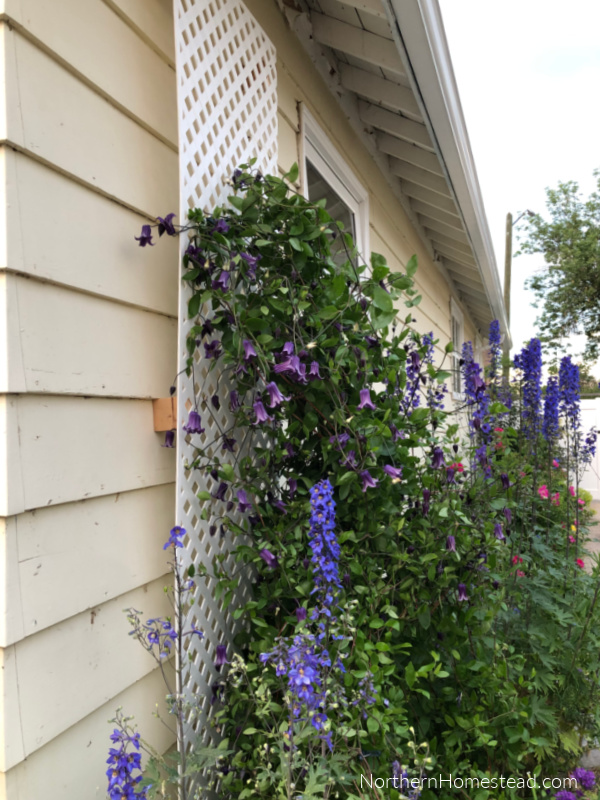
We wanted the trellis to be a few inches away from the wall so there would be air circulation and room for the plants to clime.
Vinyl lattice panels do not hold up on their own, so a frame is needed for a free-standing trellis. Since we used the wall and wanted the project to be easy, spacers made of wood did the trick.

We cut the 2×4 into 3-inch pieces and drilled a 1-inch hole to sink in the screws. You don’t need to use extra-long screws, but you will still need 3.5-inch screws to complete the project. Please note our siding is wood; you will need longer screws for vinyl siding to reach the support wood underneath.
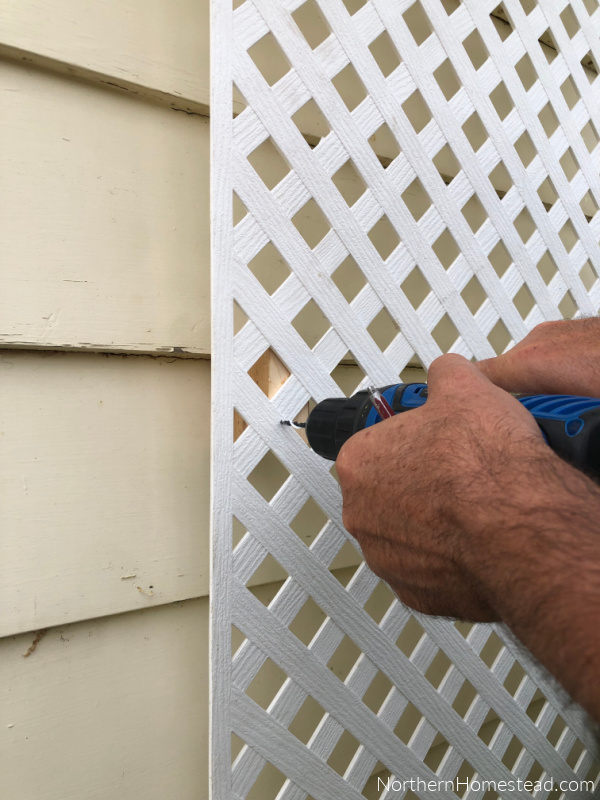
We attached the wood spacers first and then secured the lattice to them, using six wood pieces, three on each side, for an 8’x2′ foot lattice panel. A laser level is a helpful tool to keep it all straight and looking nice.
Help for the climbers
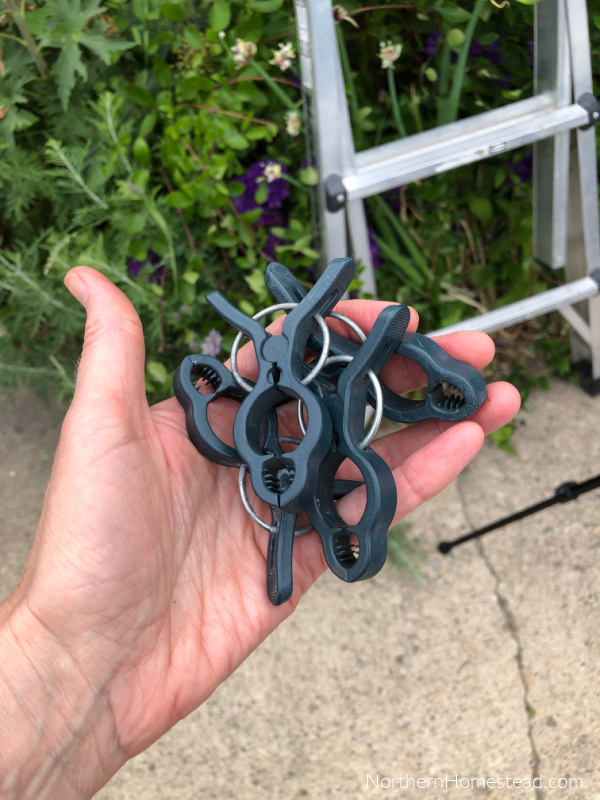
Climbing plants act differently. Some clime and hold on on their own, and some need clips to help them stay in place. Since we installed the new trellis once the plant grew out of the old, we did use clips to help the plant. Next year, the clematis should find their way up.
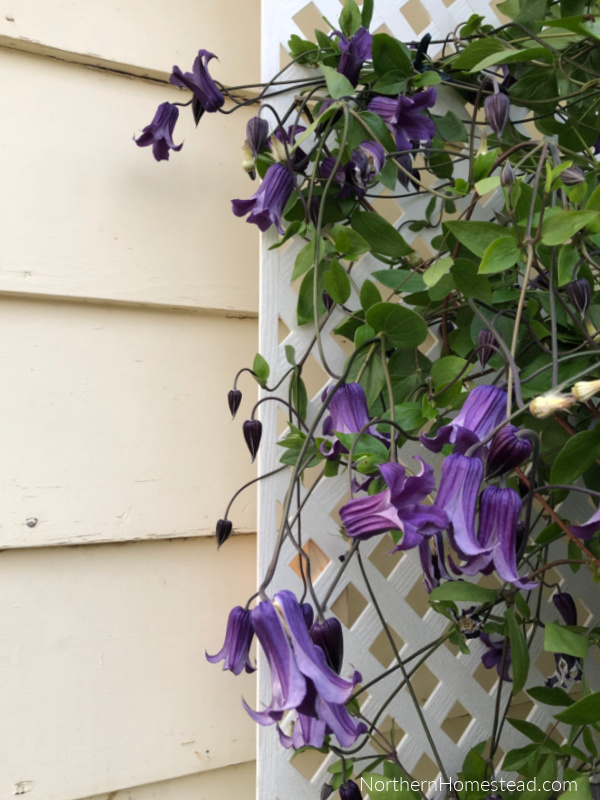
Here you have it: an easy lattice trellis for climbing plants that might inspire you to add support or climbers to your garden. Other suitable plants on lattice trellis are ornamental sweet peas, scarlet runner beans, and morning glory. What is your favorite climber plant?
We invite you to subscribe to Northern Homestead and follow us on Facebook, Instagram, or Pinterest for more great ideas.



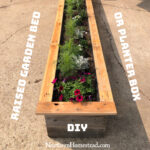
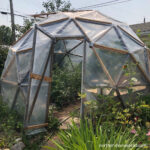









Leave a Reply